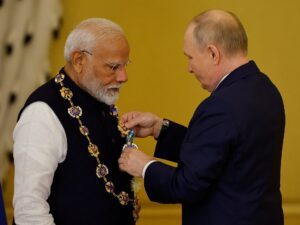
In a significant development for both the Australian Football League (AFL) and the LGBTQIA+ community, former West Coast Eagles player Mitch Brown has publicly come out as bisexual. This announcement arrives amid a challenging period for the AFL, which has faced six incidents of homophobia in its men’s competition since the league intensified its efforts against discriminatory language.
Brown’s revelation is being hailed as a landmark moment in one of Australia’s largest and most traditional sporting codes. For years, discussions around inclusivity and homophobia in men’s AFL have often overlooked the voices of gay and bisexual men. Brown’s courageous step forward changes this narrative.
Breaking New Ground in Men’s Sports
Australia is witnessing a gradual shift as more male athletes come out at the highest levels of sport. Notable examples include Josh Cavallo of Adelaide United in the A-League and Isaac Humphries of the Adelaide 36ers in the National Basketball League. However, the AFL has been slower to see such openness among its male players. This raises questions about the underlying reasons.
While societal attitudes towards lesbian, gay, and bisexual individuals have become more supportive globally and in Australia, these changes are not always mirrored within sporting organizations, which often lag behind. The recent incident involving Adelaide’s Izak Rankine underscores the persistent problems within men’s sporting cultures.
“In the world of football, being an openly gay player is a very toxic place […] coming out brings all this attention, it brings all this pressure, brings all this negativity.” — Josh Cavallo
Homophobia in sports impacts everyone, not just those who identify as LGBTQIA+. The use of “gay” as an insult, even towards heterosexual individuals, perpetuates a culture of fear and shame around sexual identity. Research has shown that 75% of LGBTQIA+ people and 50% of heterosexual people in cricket have witnessed or experienced homophobia.
Visibility and Challenges for Bisexual Athletes
Despite being the largest group within the LGBTQIA+ community, bisexual individuals often receive the least attention, particularly in sports. Media discussions frequently overlook bisexual athletes, and stereotypes about bisexuality being a phase or a result of confusion contribute to this invisibility.
Brown’s interview highlights the ongoing challenges bisexual athletes face, such as the need to repeatedly disclose their identity to teammates, coaches, and others. This continuous process of coming out can be exhausting and daunting.
The positive impacts of inclusion are evident in women’s sports, where visibility and acceptance have been more pronounced. It is now crucial for men’s teams and clubs to embrace this responsibility and create safe environments for LGBTQIA+ athletes.
The Importance of Role Models
The “Free to Exist” report underscores the positive influence of public role models on young LGBTQIA+ individuals. Seeing athletes like AFLW players and soccer star Sam Kerr represented positively in the media helps normalize LGBTQIA+ identities and relationships.
However, there remains a notable lack of male gay and bisexual role models across sports, including the AFL. Brown’s public coming out provides a much-needed role model for young people, affirming their identities and making them feel seen and validated.
This historic moment presents an opportunity for the AFL and other sporting codes to reflect on their inclusivity practices and move beyond media speculation about when a male player will come out. Despite the backdrop of a sixth homophobia incident in two years, Brown’s bravery is expected to have far-reaching consequences for the sport and individuals grappling with their sexuality.
As the AFL and other sports organizations navigate this pivotal time, Brown’s courage stands as a beacon of change, inspiring a more inclusive and accepting future for all athletes.







